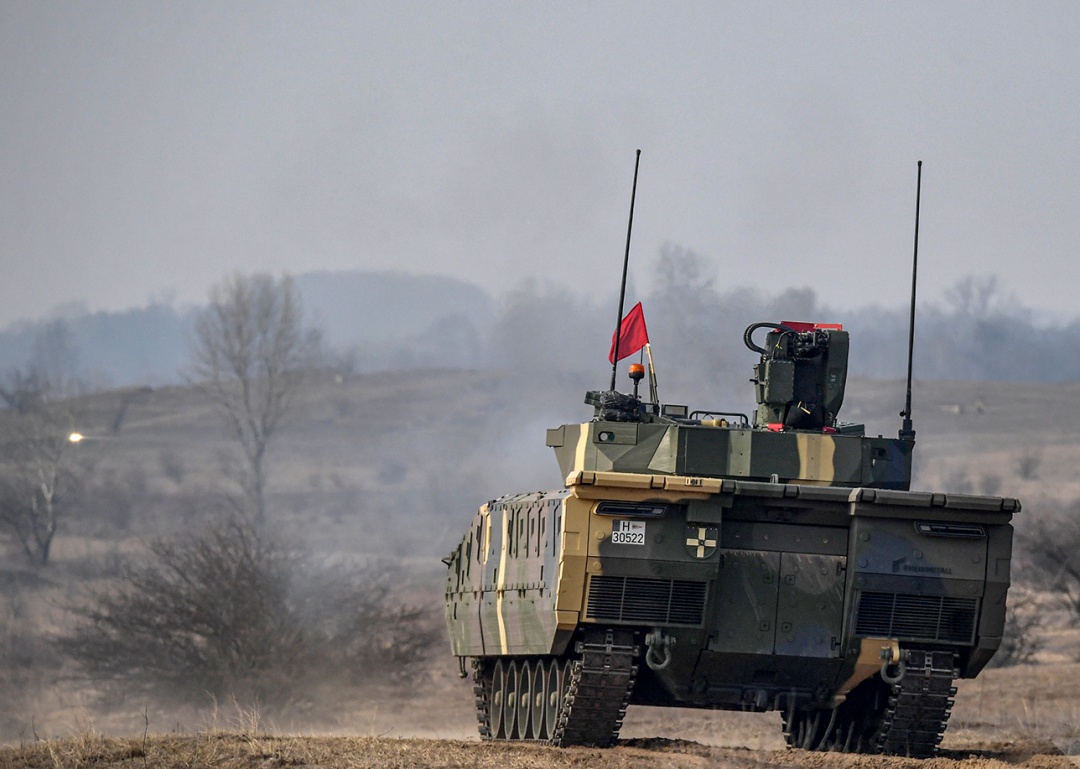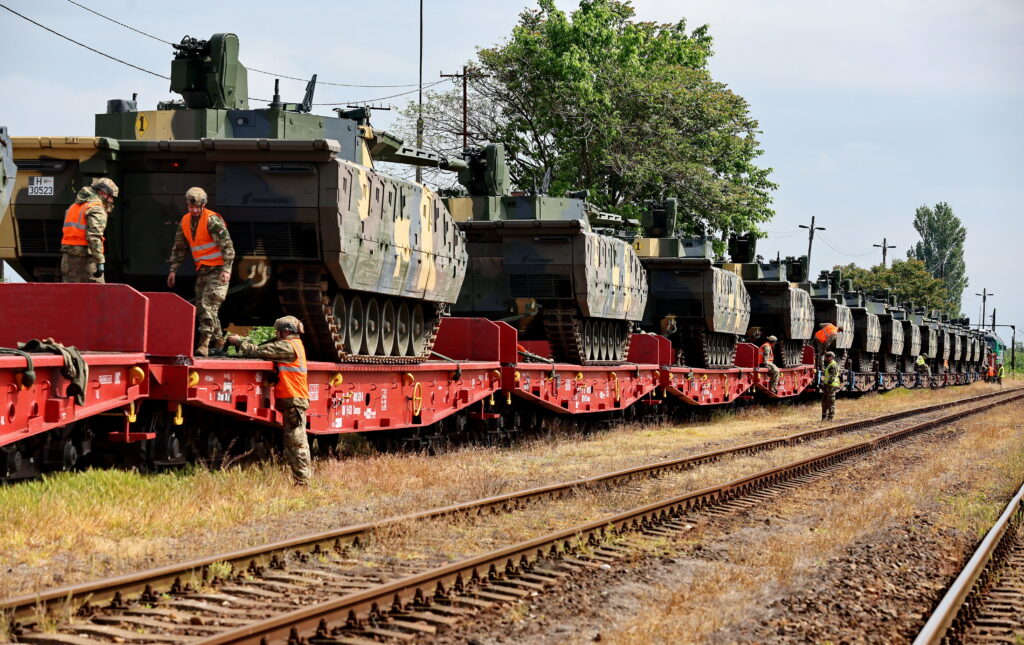
As a result of Rheinmetall's deal, Lynx vehicles are reciveing mortar systems manufactured by Patria.Continue reading

The Hungarian armed forces have begun their largest Lynx exercise to date in the heart of the Bakony Mountains at the Central Shooting Range and Training Ground, the Ministry of Defense announced on its social media page on Wednesday. The 1st Grenadier Battalion from Hódmezővásárhely (southeastern Hungary) is in charge of this historic exercise.
During the exercise until June 4, the Defense Forces will deploy 21 Lynx KF-41 infantry fighting vehicles at the same time for the first time. “The deployment will not only enhance the combat capabilities of the unit, but also represent an important step in changing the mindset and training system necessitated by the arrival of modern military equipment,” they said. They also noted that the Hungarian Defense Forces is planning to have 218 Lynx combat vehicles in service by 2029.
The contingent of Lynx KF-41 infantry fighting vehicles of the Kinizsi Pál 30th Armored Infantry Brigade has made its way by rail transport to Hajmáskér in Veszprém County (western Hungary) for a major exercise in Bakony.
There, the soldiers of the brigade will take part in a complex training over several weeks, honvedelem.hu reports.

Photo: MTI/Lehoczky Péter
A total of 21 Lynx KF-41 infantry fighting vehicles and three ARV 3HU armored recovery vehicles were loaded onto freight wagons at the railway station in Hódmezővásárhely.
The military vehicles weighing around 45 tons started their journey to Hajmáskér yesterday evening, and will be transported from there to the “Nullpont” Central Shooting Range and Training Ground of the Böszörményi Géza military training area command today.
The multi-week training program of the 1st Grenadier Battalion began with the transfer of equipment by rail. The entire series of exercises will be completed on June 4 with the return of the technical equipment. The choice of rail transportation was made for good reasons: It protects the public roads, avoids traffic obstructions, and reduces the strain on the tracked vehicles.
Via MTI, Honvedelem.hu; Featured image: MTI/Lehoczky Péter